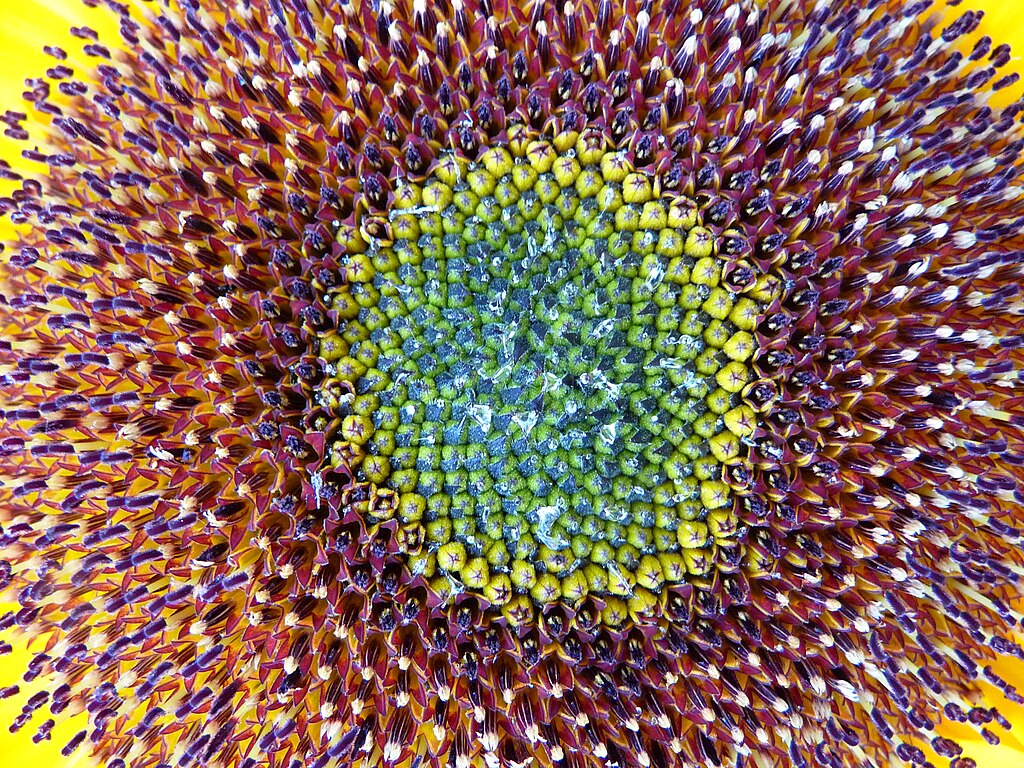A species’ distribution is determined by the relative strength and complex interaction of many factors including (but not limited to) dispersal, life history, and physiological tolerance. Often the center of a species’ range is the warm, fuzzy place to be and fitness there is high compared to the range edges, where conditions can be harsh and inhospitable. From a global change perspective, the fate of a species may depend on these edge populations and their capacity to adapt to new conditions.
In a recent paper published in the
Journal of Evolutionary Biology,
Halbritter et al. (2015) compared fitness in reciprocal transplants, genetic diversity, and genetic differentiation among populations of two
Plantago species (
P. lanceolata and
P. major) across their ranges. Although many studies have tested local adaptation generally and local adaptation between range centers and edges, one of the cool things about this study is that Halbritter et al. compared different
types of range edges in Europe- latitudinal and elevational. Specifically, the study addressed the following questions:
(1) To what extent are populations locally adapted to conditions at the range center and edges, and does this differ between gradients?
(2) Do patterns of genetic diversity and genetic differentiation vary similarly along elevation and latitudinal gradients?
(3) Do patterns of genetic diversity and genetic differentiation reflect the contrasting breeding systems of the two species?
Here are the results-
Range center vs range edge: In comparing center to edge populations for
P. lanceolata Halbritter et al. found no evidence that range-edge plants were better adapted to range-edge conditions than plants from the center of the range. In
P. major, plants from the middle of the range outperformed plants from the edges when both were grown at the range center.
Elevation range edge vs latitudinal range edge: For both species lifetime fitness was higher in the elevation-edge populations than the latitudinal-edge populations when plants were grown at high elevation but there were no differences in fitness when elevation-edge and high latitude edge populations were grown at high latitude.
Genetic diversity and population differentiation: P. lanceolata populations were more diverse than
P. major populations, consistent with reproductive strategy-
P. lanceolata outcrosses and
P. major is an inbreeder. Genetic diversity declined as latitude increased in
P. lanceolata, but did not vary with elevation. In
P. major, diversity decreased with increasing latitude and increased with increasing elevation. In both species, genetic population differentiation was greater along the latitudinal gradient than the elevational gradient.
The authors sum up their results nicely…
Our study revealed local adaptation in range-edge populations of both species, although this tended to be greater in the inbreeding P. major than in the outbreeding P. lanceolata. We also found stronger adaptation at the high-elevation edge than at the latitudinal edge in both species, which was associated with greater neutral genetic variation and lower population differentiation along the elevation gradient.
As for the take home messages, Halbritter et al. note that the signal of local adaptation was strongest, but still subtle, when comparing types of range edges, and therefore may be missed in studies comparing only range edges to the center. Patterns of adaptation and genetic structure in Plantago suggest that populations along elevational and latitudinal gradients will likely respond climate change in different ways. Interestingly, a previous study (Halbritter et al. 2013) found P. lanceolata can already be found at higher elevations than would be predicted based on its temperature tolerance!
Reference:
Halbritter, A. H., Billeter, R., Edwards, P. J., & Alexander, J. M. (2015) Local adaptation at range edges: comparing elevation and latitudinal gradients. Journal of Evolutionary Biology. DOI: 10.1111/jeb.12701
Halbritter, A. H., Alexander, J. M., Edwards, P. J., & Billeter, R. (2013) How comparable are species distributions along elevational and latitudinal climate gradients? Global Ecology and Biogeography, 22, 1228-1237. DOI: 10.1111/geb.12066













